Inspire your students by sharing these stories of young heroes making a postitive difference in their communities. Short films on friendship, environmental topics appropriate for younger students are included.
Watching this film inspires student to Stand Up and Work Together to make a postitive difference.
This song was written by Paul M. Eaton for his students at Girard College Lower School in response to their association with the National Liberty Museum and being exposed to their message of "Live Like A Hero." The song's message is that we can all do something to change our world for the better through service, sacrifice, love and care for each other.
Example of a class fundraising project inspired by MY HERO.
When Emmy was in 4th grade, she participated in MY HERO and wrote a story about her father, Jeremy Glick, who died on September 11, 2001. After reading her story, her class decided they wanted to do something to honor Jeremy and decided to raise money for the Japanese relief effort after the tsunami in 2011. They partnered with an after school program in Harlem run by Jeremy's Heroes, a charity started by Jeremy's family. Students in both locations became filmmakers documenting their efforts.
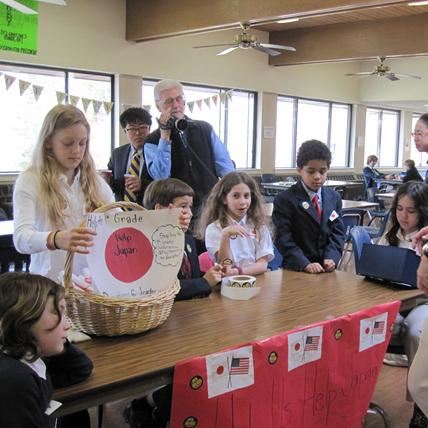
Pictures documenting Saddle River Day School students' efforts honoring Jeremy Glick.
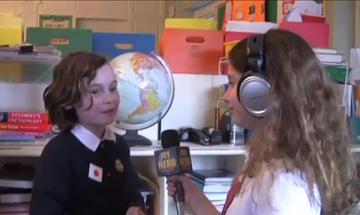
Call to Action: Short Film Created by 4th grade students
Film documenting kids becoming activists in memory of a classmate's father.
Example of a class project
After going to the San Antonio Creek with their science class, 6th grade students from Sultana Elementary School were shocked to see the level of pollution and vandalism. They admired those people and organizations who protect the watershed and promote recycling. Students decided to educate their community about the pollution and the importance of recycling.
What action can you take to help your community?
Stories and Short Films about Young People Making a Difference
At the age of 5, Hannah saw a homeless man eating out of a garbage can. She had never seen a homeless person, let along anyone go to those lengths to feed themselves. Within a year, Hannah created the Ladybug Foundation to raise money to help end homelessness. Hannah selected the ladybug as her foundation’s mascot because ladybugs are considered good luck. She wanted this luck to transcend into her mission to help the homeless, whom she felt needed better luck.

When Hannah was 6 years old, she created the Ladybug Foundation to help end homelessness.
Conner Long is nine years old and his little brother Cayden is seven. Cayden has cerebral palsy and is unable to walk or talk on his own. Like a good big brother, Conner was looking for a way to help his sibling join him in a sports activity so that he could feel the thrill of participation, such as running a race or catching a touchdown. Connor had an idea for a sport they could both participate in – triathlons!
At age 8, Milo noticed that whenever he ordered a drink in a restaurant, it would come with a straw. This seemed like a huge waste because he did not usually need a straw. He was concerned about the millions of straws that pollute waterways and harm ocean creatures. So Milo went on a campaign in his hometown to have restaurants ask if someone wanted a straw. He has convinced restaurants to go "straw-free" and has addressed Congress on the matter.
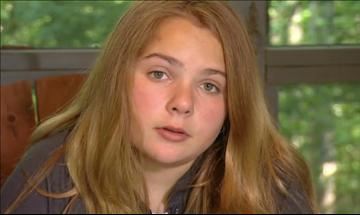
Short Film: Young Olivia loves birds, and creates over 500 paintings of her feathered friends to raise funds for Audubon's bird rescue. (6:45 min. runtime)
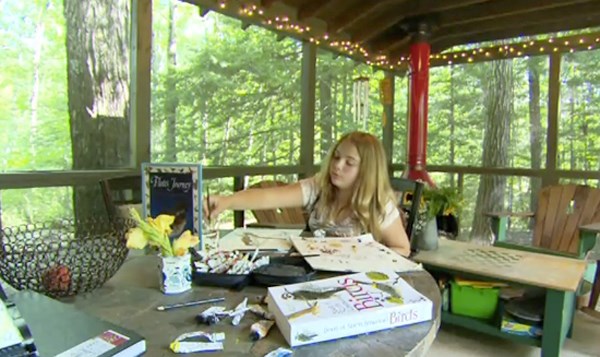
One 11-year-old girl can make a difference—as budding ornithologist, author, and artist Olivia Bouler has proven. She raised $200,000 for the Gulf oil spill recovery. Olivia sent out 500 of her bird paintings to people who donated to Gulf recovery, which were then published in her book Olivia's Birds: Saving the Gulf.
Class and School Wide Projects
Inspire your students by watching this film, Call to Action Kindness Project. This film shows students in 6th grade sharing ways to be kind with 2nd grade children in order to promote a more positive culture in their school and community in Ontario, California.
What can your students do to promote kindness and be positive role models for younger students? Share your project with MY HERO.
This photo shows kids in 2nd, 4th and 6th grade working on kindness letters as a way to combat bullying. The project consisted of the children picking a name of a fellow club member out of a bag and making them an encouraging card. Every child, 80 in total, participated in making and receiving at least one card.
Your students are encouraged to work on letters and cards to promote kindness and within their school community. This can be done as a class activity, or with older students writing cards for younger students.
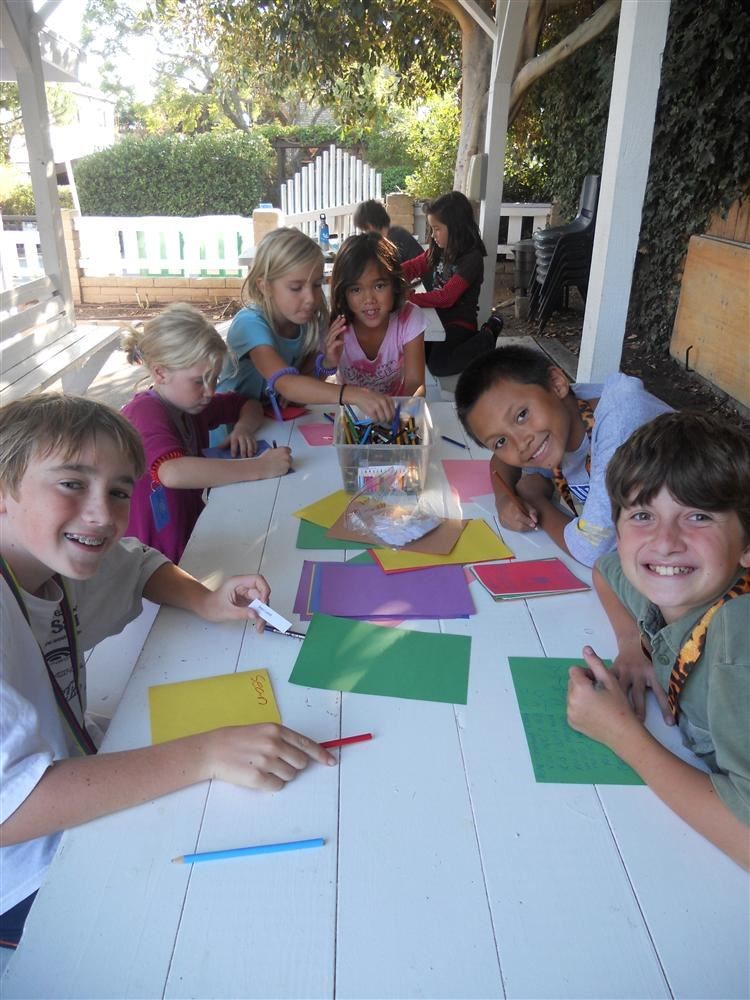
Students at Dixie Bee Elementary School in Terre Haute, Indiana, post positive messages about fellow classmates and the school's staff. SPPRAK, Special People Performing Random Acts of Kindness, a local not-for-profit, sponsored this program that literally 'notes' random acts of kindness by students, teachers, and staff.
Two films celebrating friendship, diversity and individuality. Appropriate for early elementary students.
Students view these two short films, Mig Said Series: Let's be Friends and The Chameleon's True Colors. Each film celebrates friendship, diversity and individuality. Then students consider the questions below the films.
What are some things about you that are different from your friends?
Why is it important to have friends who are different than you are?
What color is your skin? Hair? Eyes?
Do your friends have the same skin, hair and eye color?
Discuss how we are all different and that all colors are beautiful.
You are Special demonstrates that everyone is special and important in their own way.
The short film You Are Special was created as part of a special outreach program along with the Young Writers Program, and promoted in the "Stop Bullying: Speak Up" campaign.
Students watch this short film that shows how everyone is special and important in their own way. After viewing the film, encourage students to discuss what is special about themselves and their classmates. Create a bulletin board.
Short Films Appropriate for a Younger Audience
This segment animates a story from environmentalist and Nobel Prize Winner Wangari Maathai about a brave hummingbird who struggles to do good while others stand and watch. Despite the struggles, the hummingbird continues to do the best that it can to save their home from the fire.
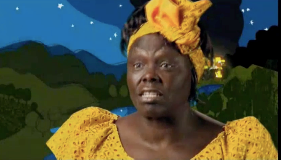
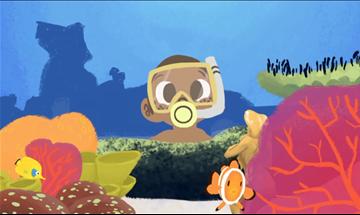
Students watch this animated video “The Ocean We Want To Know,” which takes them on an adventure around the world to some of the planet’s most exotic ocean locations, singing a song of ocean celebration to the tune of Gotye’s “Somebody That I Used To Know.” The story presents stunning facts about the ocean in a fun and unique way, speaking to a young audience.
When someone pollutes the ocean floor, it's up to a group of dedicated ocean dwellers to set things right. An ocean crab takes action when the seafloor is covered in plastic, and along the way the crab helps other sea animals that are affected by the plastic.
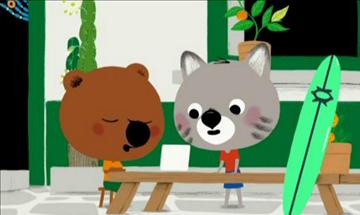
Mouk and Chavapa are in the Atacama Desert in Chile. As they help their friend Pepito repair a leak, they discover the clever cloud-catcher system which provides water for people living in the desert. Part of a series produced by Millimages.
Introduce the UN Sustainable Goals to students using this short film that demonstrates how everyone must work together to achieve them.
Link to the UN Sustainable Development Goals Student Resources for additional resources appropriate for younger students.
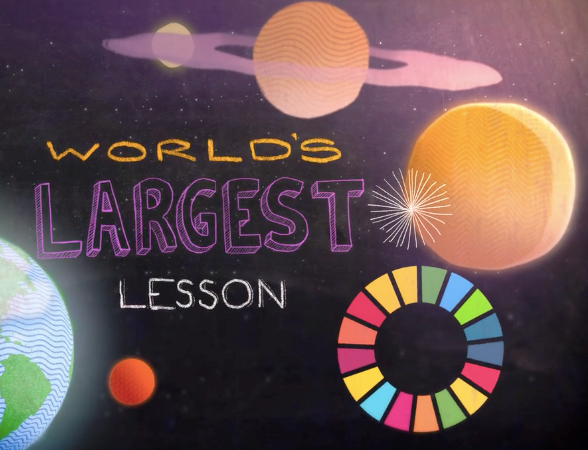
Students learn about Jim Henson, the creator of the Muppets and Fraggle Rock, through this short animated film.
Did you know Jim Henson first created Kermit the Frog in college?
Additional Films Appropriate for Younger Audiences and Family Viewing
Collection of Short Award-Winning Films Appropriate for a Younger Audience and Family Viewing
Lesson plans and resources for Pre-K and Kindergarten Students
This multimedia resource for Pre-K and Kindergarten students includes links to age appropriate films and activities. Social Emotional Development, Language and Literacy, Science, Social Studies, Speaking and Listening standards are included.
|
|
The MY HERO Resources for Elementary Students was curated by MY HERO Education Outreach Director Laura Nietzer. |
Organizer created on 1/18/2021 12:52:14 PM by Laura Nietzer
Last edited 10/30/2024 3:16:08 PM by Laura Nietzer